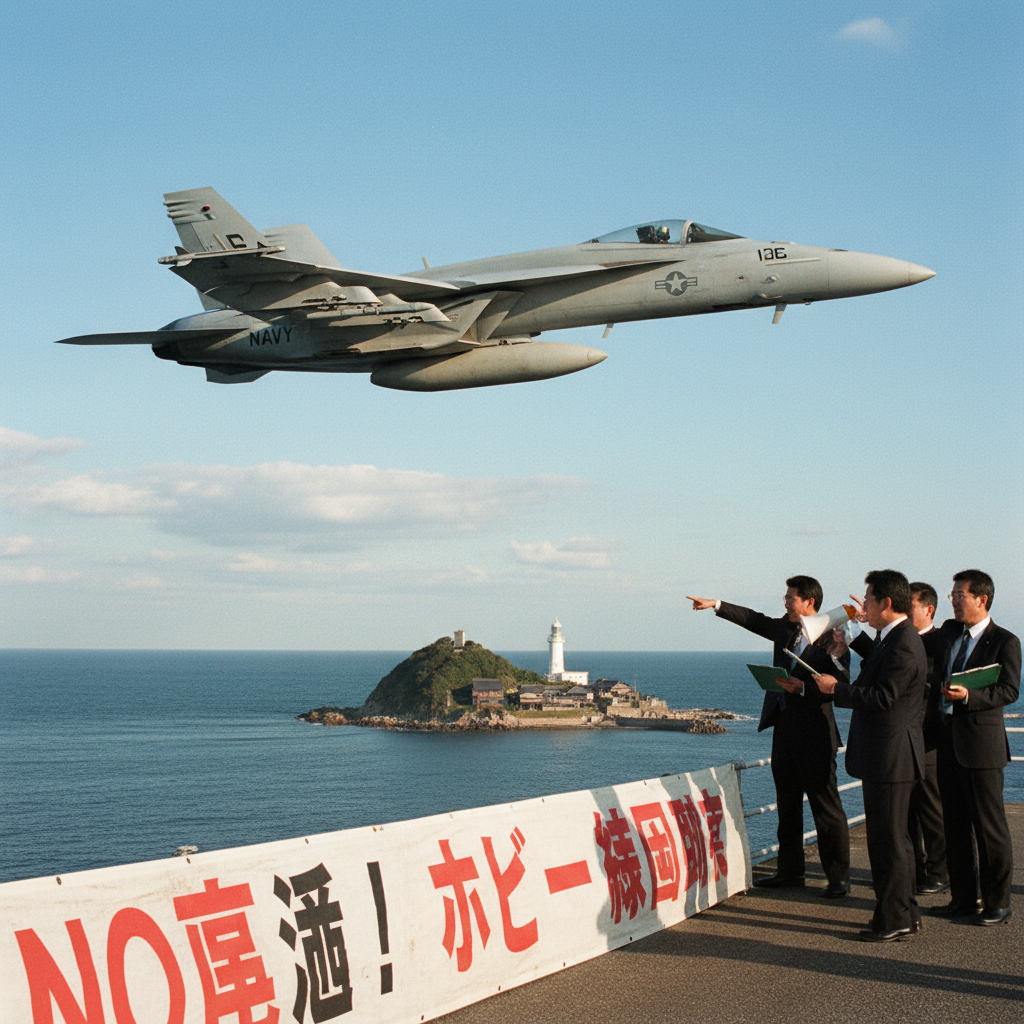Physical Address
304 North Cardinal St.
Dorchester Center, MA 02124
Physical Address
304 North Cardinal St.
Dorchester Center, MA 02124
Global aviation news tracker
Global aviation news tracker

Japanese officials filed formal protests after U.S. Navy training flights — highlighting tensions over timing and noise near local shores.
U.S. Navy training involving F/A-18s from a carrier operating in the Western Pacific prompted formal complaints from Japanese government offices after flights occurred during a national holiday. Japanese officials said the noise and operational timing were disruptive to communities and warranted diplomatic clarification.
The flights were conducted by the U.S. Navy (operator) as part of routine carrier air wing operations; the aircraft type reported was the F/A-18. Local authorities raised concerns about how such training schedules intersect with public events and holiday observances, underscoring sensitivities around military aviation activity close to populated areas.
Noise is the immediate issue: low-altitude jet operations can carry sound across long distances, especially when multiple sorties are flown in a short window. Beyond the acoustic impact, officials cited broader timing and transparency questions — when training happens during national holidays, it can inflame public sentiment and strain local–national diplomatic channels.
U.S. carrier air wing exercises are a routine part of regional security posture, and militaries typically balance readiness with host-nation relations. Still, incidents like this show how operational planning — including scheduling and community outreach — can shape public perceptions and government-to-government talks.
Diplomatic follow-up usually includes official exchanges between defense or foreign affairs ministries to clarify the flight tracks, safety measures, and whether activities occurred in international or territorial airspace. For now, the protest signals that the issue will be addressed at an official level and may prompt adjustments to timing or communication for future training events.